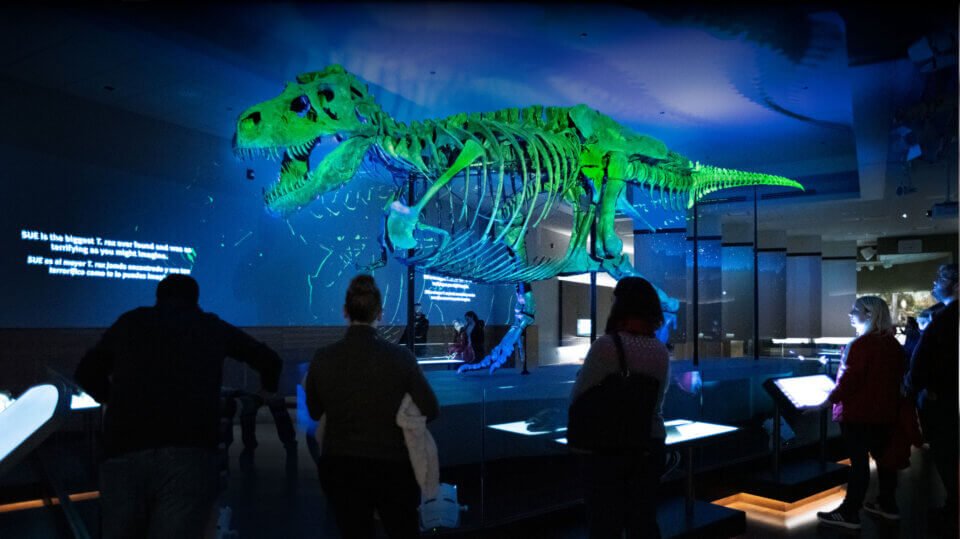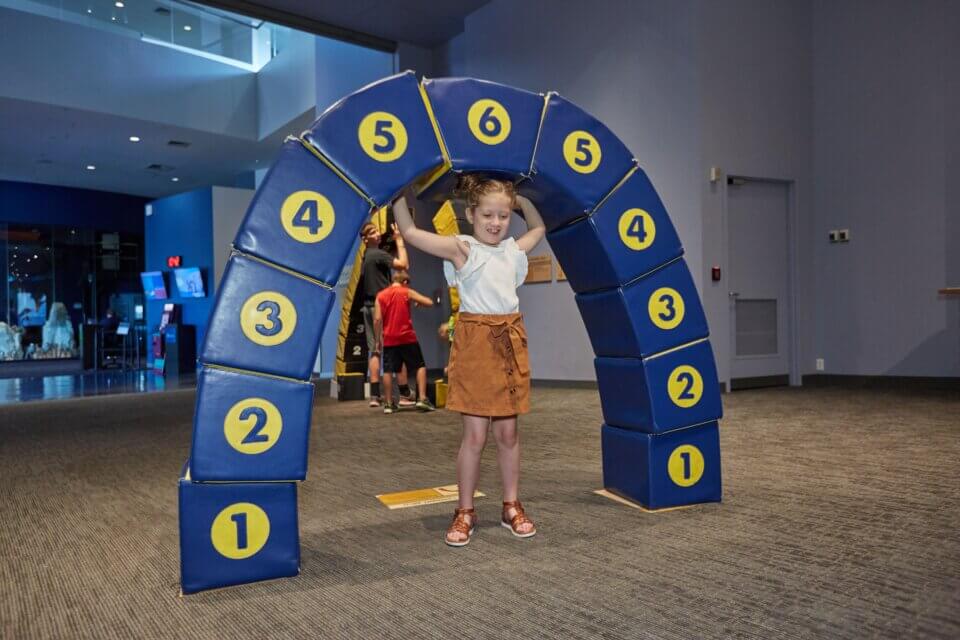This is the Saint Louis Science Center’s NIGHT SKY UPDATE for the week of Saturday, April 27, 2024. Information updated weekly or as needed. Times given as local St. Louis time this week will be in Central Daylight Time (CDT). For definitions of terminology used in the night sky update, click the highlighted text. If… Continue reading
Astronomy Fact of the Day: April 28, 2024
April 28, 2024 If you look near the zenith tonight around 8:30 pm you should see a backwards question mark shape of stars. This shape represents the head of the constellation Leo. Maps of constellations like this one are useful for identifying brighter stars and other targets of interest in a given constellation. This map… Continue reading
Astronomy Fact of the Day: April 27, 2024
April 27, 2024 Earlier this year, the Parker Solar Probe completed its 19th close approach to the Sun. The recent perihelion passage of the spacecraft occurred when it was only 4.51 million miles from the Sun. To put that into perspective, when Earth is at perihelion, we are roughly 91.4 million miles from the Sun.… Continue reading
Astronomy Fact of the Day: April 26, 2024
April 26, 2024 On March 13 in 1781, astronomer William Herschel discovered the planet Uranus. He reported his findings later on April 26, 1781, originally describing it as a comet. Uranus had been seen by others before Herschel’s observations but those confirmed views listed Uranus as a star. Image of Uranus and its rings taken… Continue reading
Science Center Welcomes SUE to St. Louis as Special Exhibition
ST. LOUIS, MO – April 25, 2024 SUE: The T. rex Experience Offers Immersive, Sensory Exploration of Life in the Cretaceous Period The Saint Louis Science Center will welcome SUE: The T. rex Experience from June into September. SUE is the most complete, best-preserved Tyrannosaurus rex specimen ever discovered, and this special exhibition features the… Continue reading
Astronomy Fact of the Day: April 25, 2024
April 25, 2024 The bright orange star you see in the east tonight after sunset is called Arcturus. It is the brightest star in the constellation Boötes and is the 4th brightest star in the night sky. The only stars that appear brighter than Arcturus are Sirius, Canopus and Rigel. Map of the constellation Boötes… Continue reading
Astronomy Fact of the Day: April 24, 2024
April 24, 2024 Today in 1990, the Hubble Space Telescope was launched aboard the space shuttle Discovery. The telescope would see several servicing missions allowing it to operate for over 30 years and counting. The last of these servicing missions was STS-125 in 2009. The Hubble Space Telescope being deployed from the cargo bay of… Continue reading
Saint Louis Science Center Earns Reaccreditation from American Alliance of Museums
ST. LOUIS, MO – April 23, 2024 Saint Louis Science Center Earns Reaccreditation from American Alliance of Museums Accreditation Signifies Institution’s Commitment to Excellence, Accountability, High Standards and Continued Improvement The American Alliance of Museums (AAM) recently awarded the Saint Louis Science Center successful reaccreditation following an evaluation of the institution’s operational standards. The highest… Continue reading
Astronomy Fact of the Day: April 23, 2024
April 23, 2024 Full moon for April occurs today at 6:49 pm. April’s full moon is often called the Full Pink Moon as a connection to the flowers in bloom this time of year. The Moon’s synodic cycle used to be the basis for our calendars. As a result, full moons were often given names… Continue reading
Astronomy Fact of the Day: April 22, 2024
April 22, 2024 The Lyrid meteor shower is active every year from April 16 to April 25. The meteor shower’s peak activity occurs tonight but a near full moon will impact how many meteors are visible. If your skies are clear, look northeast after twilight ends to start looking for meteors. As the night progresses,… Continue reading








